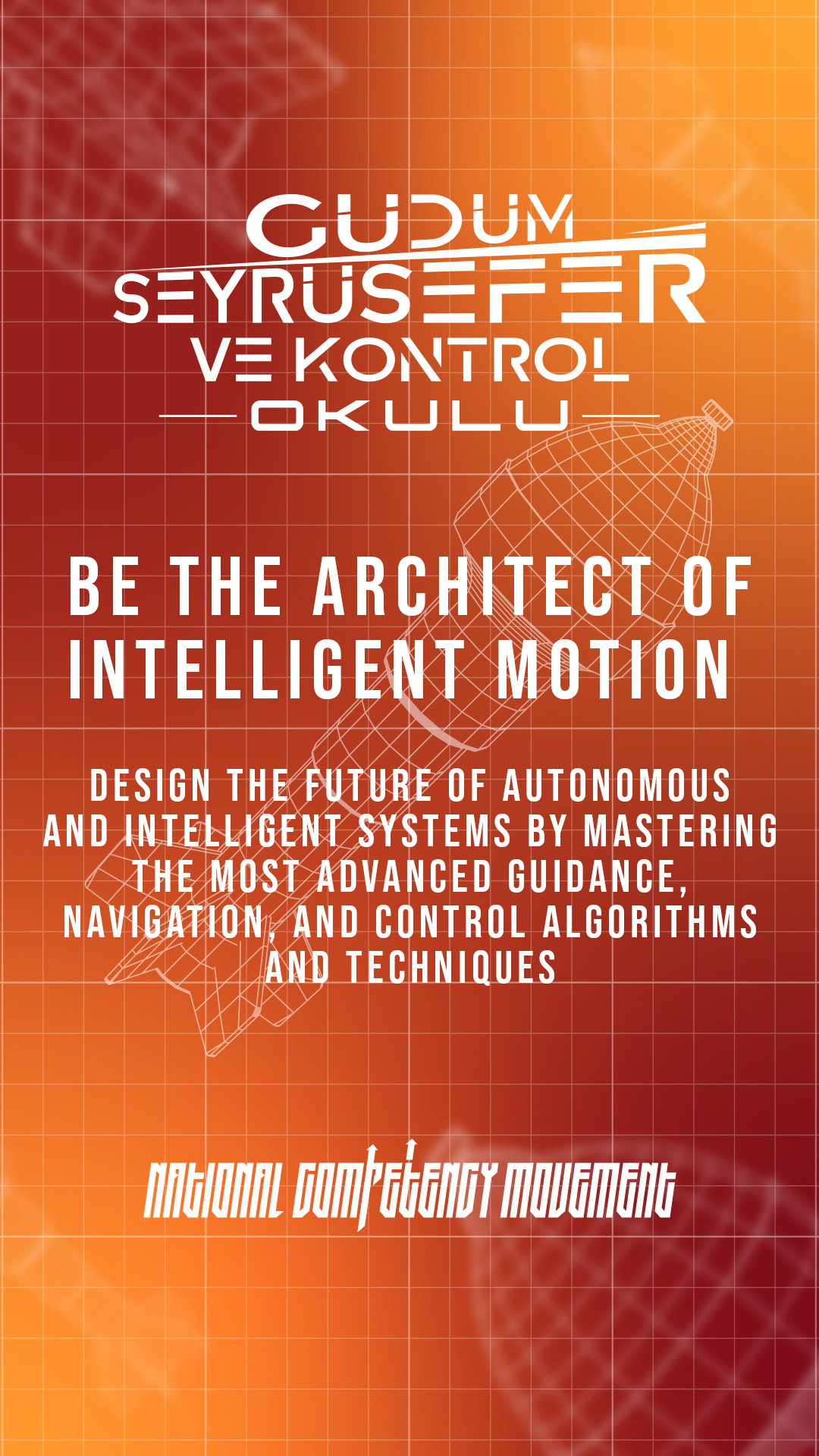
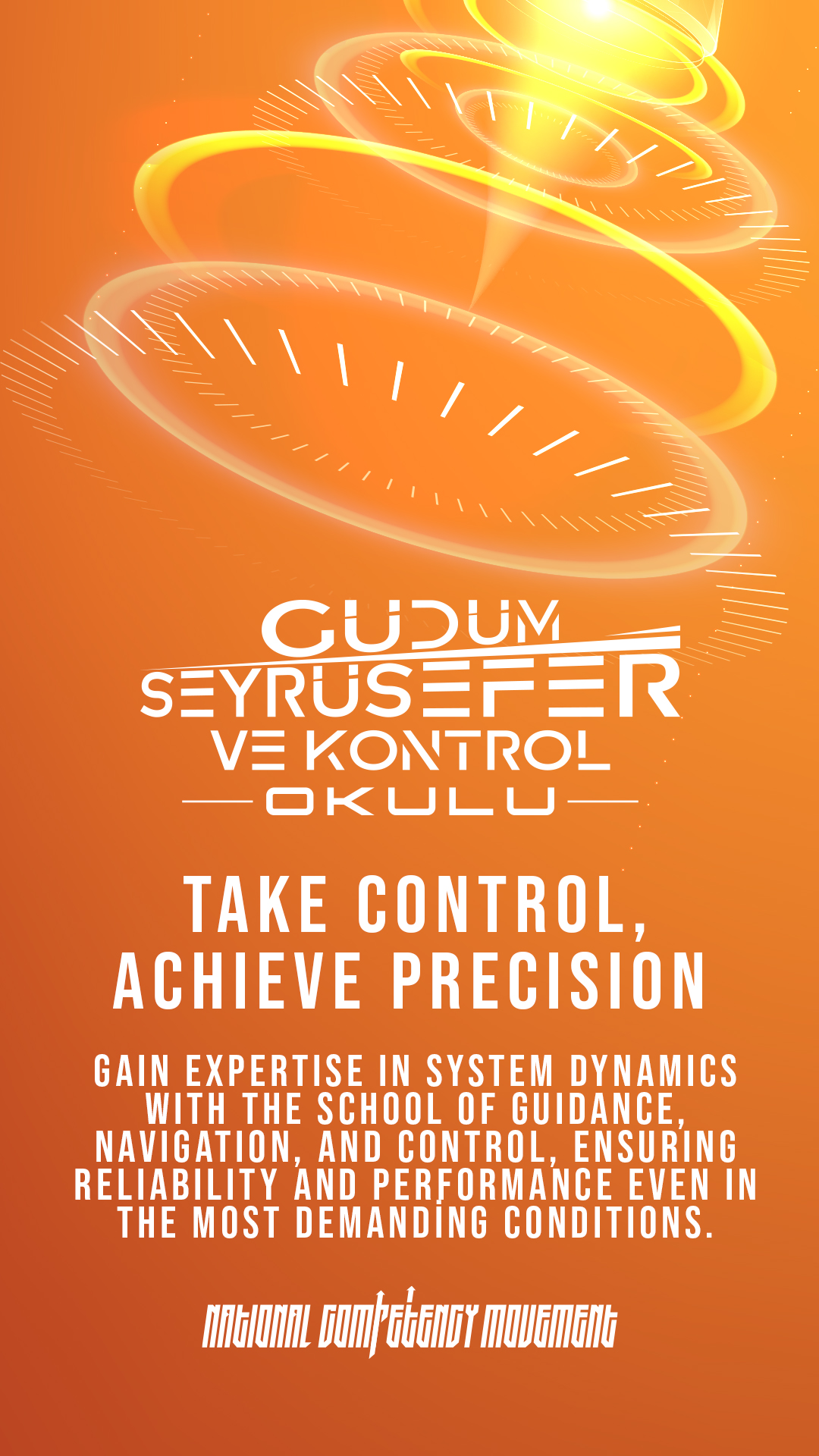
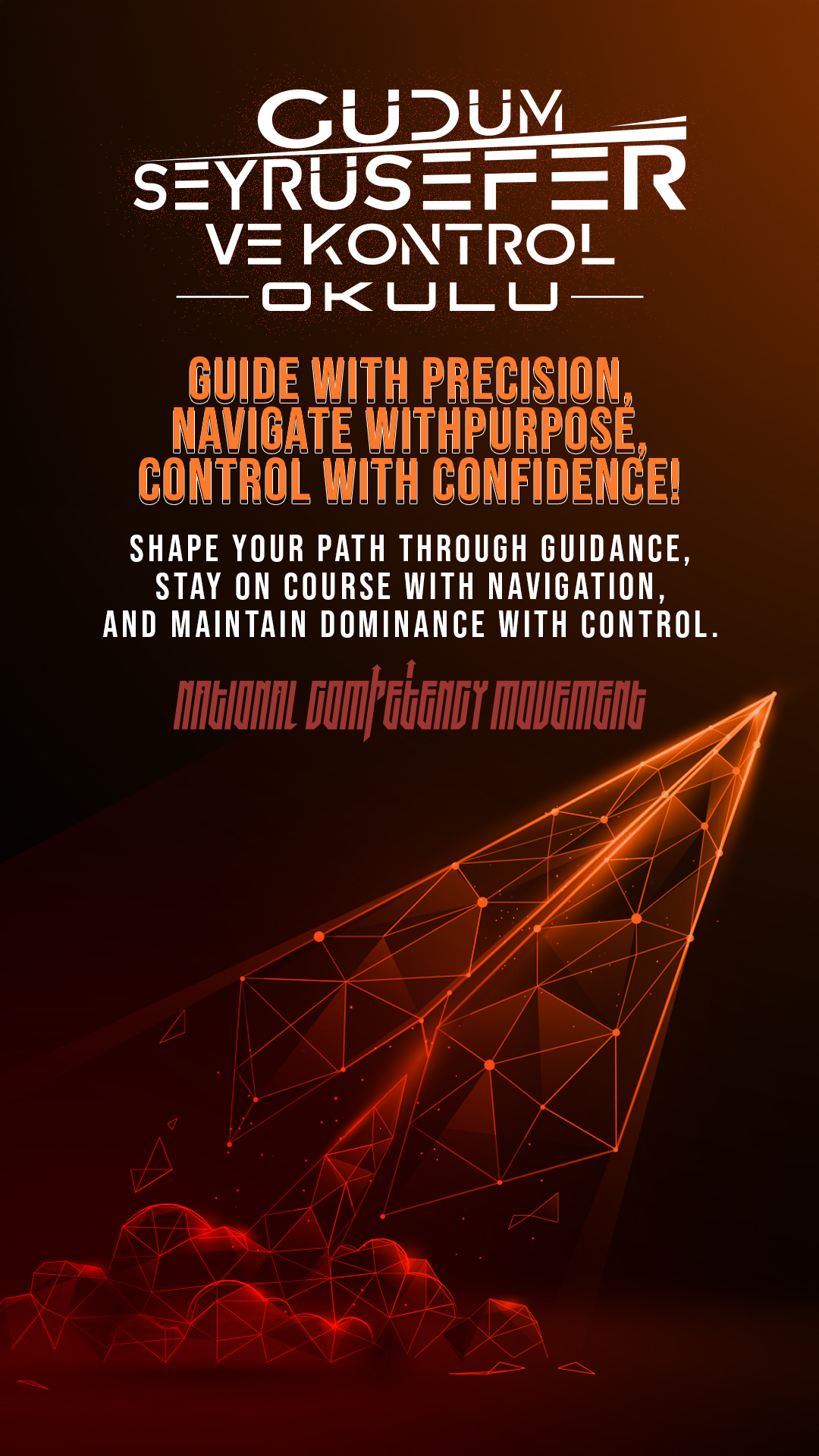
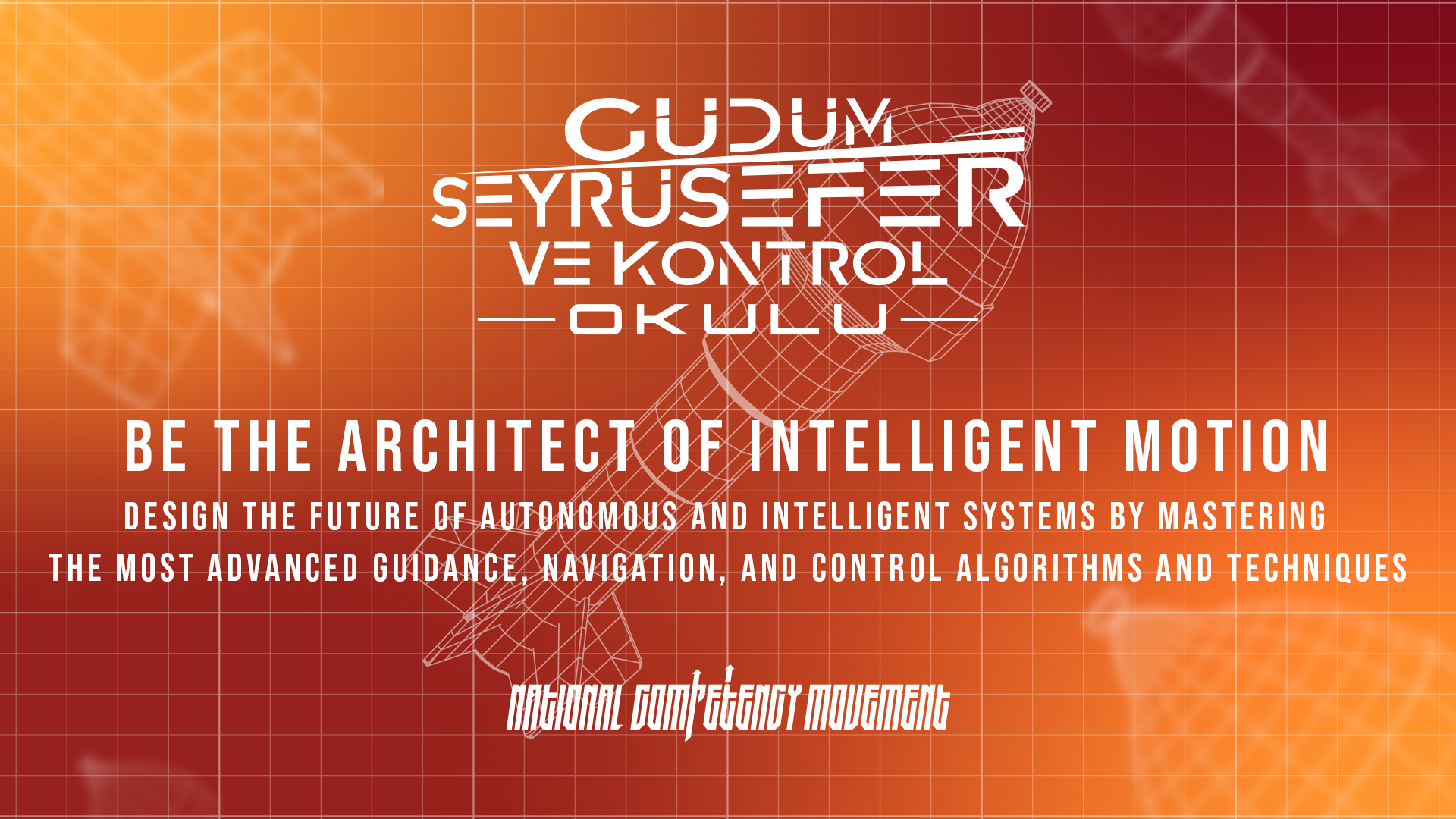

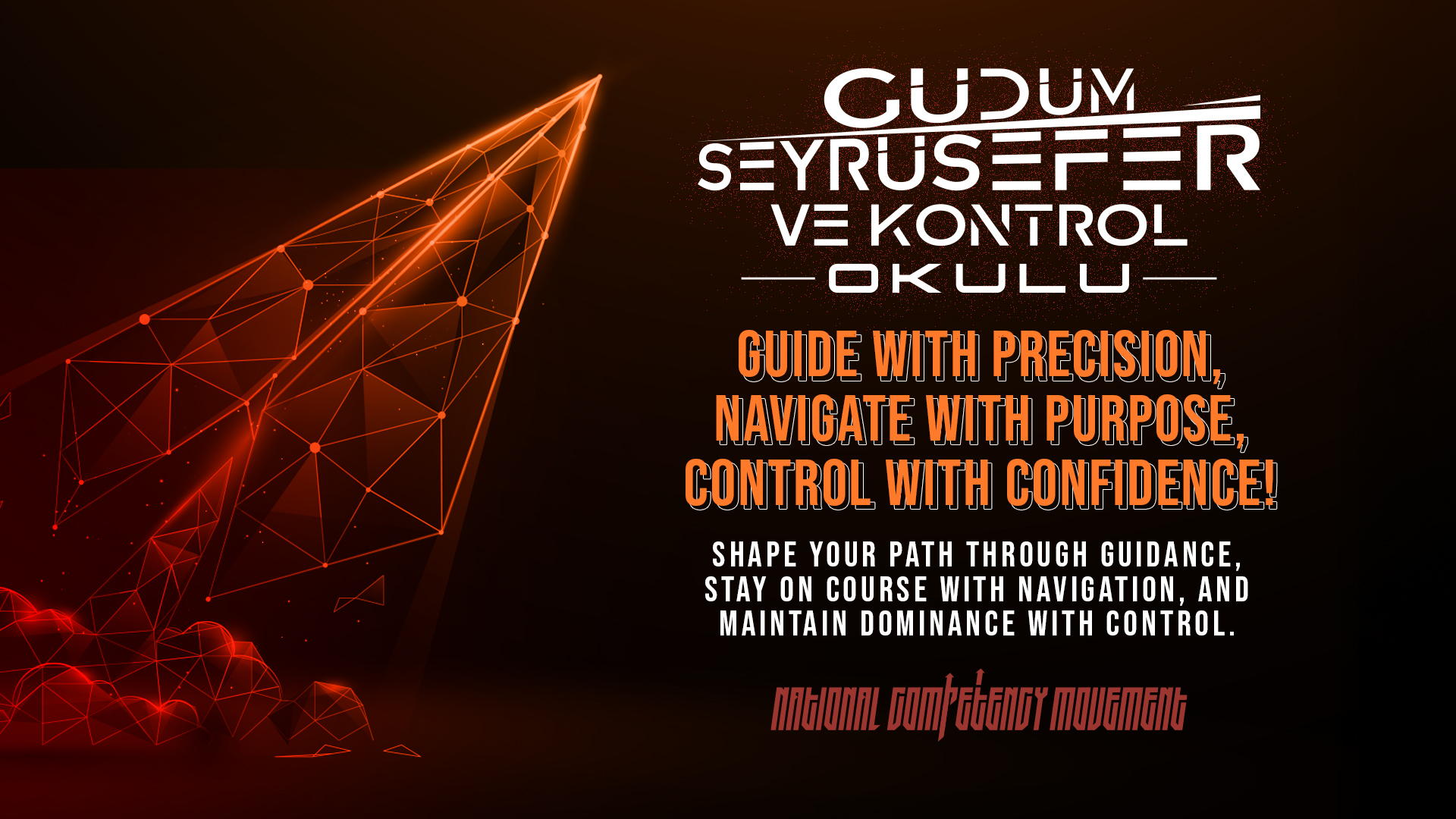
Beginning in the mid-20th century, the traditional paradigm of defence—predicated on inflicting maximal damage upon enemy forces—underwent a significant transformation toward a more discriminative approach centred on neutralising pre-defined targets. Within this evolving framework, precision strike, which prioritizes the minimization of collateral and environmental damage, has gained strategic and operational prominence. As a natural consequence of this shift, extensive scholarly and applied research efforts have been directed toward the development of “smart” variants of conventional munitions such as rockets, bombs, and projectiles. These initiatives have culminated in the emergence of guided weapon systems, including missiles, precision-guided bombs, and smart projectiles, which now constitute a foundational element of modern defence architectures. Various guidance, navigation, and control (GNC) algorithms have been developed to enable guided munitions to reach designated target points with minimal deviation. The strategy that enables a weapon system to orient itself toward, proceed along a trajectory, and ultimately reach a predefined target point is determined by the guidance method. While fulfilling this function, the guidance method operates in conjunction with the navigation system, which continuously measures and estimates state variables such as position, velocity, and orientation during the munition’s flight. The data obtained from both the guidance and navigation systems are then converted into physical motion by the control system. Through the coordinated operation of these systems, the overall objective is to enhance terminal accuracy. Within the closed-loop architecture formed by the aforementioned systems, there exist several critical subsystems and components. These include, for instance, a seeker, which acquires target information and provides input to the guidance system, as well as a control actuation system, which physically implements orientation commands generated by the control system via the munition’s control surfaces. For the systems and subsystems within the GNC framework to fulfil their designated functions with the required accuracy and reliability, the corresponding schemes and algorithms are designed by integrating knowledge from various disciplines, including mathematics, control system design, digital electronics, optics, hardware, and software. The training content developed within the scope of the GNC School is designed to impart fundamental and selected specialized knowledge, skills, and competencies to participants. In this way, the program aims to enhance awareness of GNC-related topics and to harmonize the level of knowledge among stakeholders. Furthermore, the GNC School plays a vital role in increasing interest and expertise in this technical domain, thereby contributing to the cultivation and long-term sustainability of the qualified human resources required by the sector.
The training modules offered within the GNC School, which incorporate both theoretical foundations and simulation-based practical applications, have been developed by experienced professionals with both academic backgrounds and industry expertise. The curriculum covers fundamental and advanced concepts in dynamics, aerodynamics, and flight mechanics, as well as the core principles and major approaches of guidance, navigation, and control (GNC). In addition, the program includes advanced-level instruction on the functionality, testing, and verification of GNC subsystems and related equipment; the applicability of GNC methodologies across various platforms; and specialized GNC topics tailored to participants seeking in-depth expertise. The training content has been implemented to ensure accessibility and relevance to the industry by incorporating real-world examples. Additionally, it is further enhanced with case studies that facilitate practical understanding of the concepts covered.
The training program is targeted at all professionals who will participate in critical projects within the defence industry and its associated ancillary sectors. The fundamental modules are designed to establish foundational knowledge in key areas—such as electro optics—while the advanced modules included in the curriculum are intended to benefit those professionals who wish to specialize in more focused topics. The GNC School’s content addresses every stakeholder in the ecosystem, including personnel from institutions, organizations, and companies conducting project work in this domain; staff of public agencies that specify requirements; employees of procurement authorities; end user authorities; and recent graduates. In this way, the school will not only impart and enhance essential competencies but also foster a valuable alignment among defence-industry stakeholders on GNC related issues.
All training modules are designed and implemented with the guidance of industry professionals. To ensure a well-informed curriculum, the Expert Advisory Board, established to define the vision of the GNC School, meets regularly to review and provide advice on the curriculum.
The "Expert Advisory Board (EAB)" within the Guidance, Navigation, and Control School provides recommendations and guidance on the following topics:
The "Coordinators" within the Guidance, Navigation, and Control School operate in line with the needs of the defense industry and are responsible for:
You can create a preliminary request for an existing course by selecting it from the "Courses" list and filling in the relevant sections under the "Request" tab.
You can create a preliminary request for an existing course by selecting it from the "Courses" list and filling in the relevant sections under the "Request" tab.
If the course you need is not in the existing list or requires customization, you can submit the course content, location, and preferred instructor (if any) here.
If the course you need is not in the existing list or requires customization, you can submit the course content, location, and preferred instructor (if any) here.
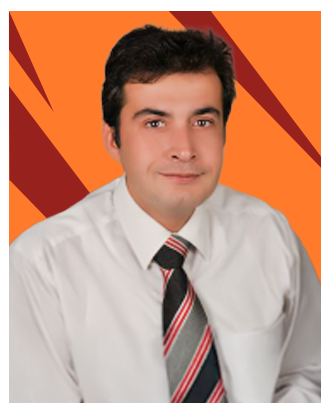
Dr. Alper Ünver
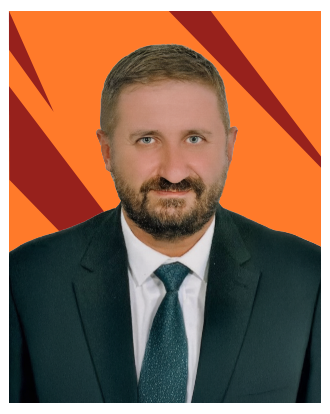
Doç. Dr. Bülent Özkan

Dr. Gökmen Mahmutyazıcıoğlu

Dr. Mustafa Özgür Ateşoğlu

Dr. Burak Kaygısız
Learn the fundamentals of the Guidance, Navigation, and Control (GNC) structure, key methods and applications used in modern systems.
In this training, it is aimed to provide information about the guidance, navigation, and control (GNC) approach and its key application areas.
The training will be conducted in a classroom setting, resembling a meeting or briefing room, using a whiteboard, projector, computer, and MS Office tools to facilitate theoretical instruction.
The target group comprises executives operating in the GNC field.
There are no prerequisites for this training.
No supporting resources are required.
Explore the integration of Artificial Intelligence (AI) in GNC systems and understand its transformative impact on future design and analysis methods.
This training aims to provide information on artificial intelligence (AI) technologies applicable to guidance, navigation, and control (GNC) practices, as well as the potential impacts of design and analysis methods supported by these technologies.
The training will be delivered theoretically in a classroom environment modeled after a meeting or briefing room, utilizing a whiteboard, projector, computer, and MS Office tools.
The target group comprises executives operating in the GNC field.
Participants are required to have completed the training on the Guidance, Navigation, and Control (GNC) approach and its principal areas of application.
No supporting resources are required.
Understand kinematics, kinetics, energy, momentum, analytical dynamics and mechanical vibrations with practical examples in this essential dynamics course.
This training aims to explain the concepts of kinematics and kinetics of particles and rigid bodies, as well as work, energy, impulse, momentum, and mechanical vibrations, through illustrative examples.
The training will be delivered theoretically in a classroom environment modeled after a meeting or briefing room, utilizing a whiteboard, projector, computer, and MS Office tools.
The target group comprises executives operating in the GNC field.
Participants are expected to have a high school-level understanding of physics.
Explore the fundamentals of aerodynamics and flow types, including incompressible and compressible flows, through theory and practical understanding.
This training aims to explain the fundamental principles of aerodynamics and various flow types through illustrative examples.
The training will be conducted in a classroom setting, resembling a meeting or briefing room, using a whiteboard, projector, computer, and MS Office tools to facilitate theoretical instruction.
The target group of the training consists of engineers working in the field of aerodynamics.
Participants are required to have completed the Fundamentals of Dynamics training.
Gain foundational knowledge of flight mechanics, including lift, flight controls, maneuvers, and stability concepts, supported by simulation practices.
This training aims to define the fundamental concepts addressed within the scope of flight mechanics. Additionally, the course will explain—through practical examples—topics such as lift enhancement, flight control surfaces, steady-level flight, basic maneuvers, and flight stability.
This training will be conducted in a classroom setting resembling a meeting or briefing room, using a whiteboard, projector, computer, and MS Office tools to support theoretical instruction. In addition, participants will perform computer-based simulations using pre-planned scenarios on computers equipped with MATLAB® software.
The target group of the training consists of engineers working in the field of flight mechanics.
Participants are required to have completed the introductory-level Fundamentals of Dynamics training and have knowledge of MATLAB® software.
Learn the core principles and key methods of the GNC framework, including simulation-based applications and integrated system development.
This training aims to define the fundamental methods and related concepts within the scope of the guidance, navigation, and control (GNC) approach. Additionally, it is intended to explain the primary fields and key applications in which GNC techniques are employed.
This training will be conducted in a classroom setting resembling a meeting or briefing room, using a whiteboard, projector, computer, and MS Office tools to support theoretical instruction. In addition, participants will perform computer-based simulations using pre-planned scenarios on computers equipped with MATLAB® software.
The target group of the training consists of engineers working in the field of guidance, navigation, and control (GNC).
Participants are expected to have completed the introductory-level Fundamentals of Dynamics training and to be familiar with MATLAB® software.
Build foundational knowledge of MATLAB® and Simulink® for simulations in the GNC domain with practical hands-on examples.
This training aims to provide a foundational understanding of the main functions and usage of the commercial software MATLAB® and its Simulink® module, which are widely used in simulation and computational studies in the GNC (Guidance, Navigation, and Control) domain.
The training will be conducted in a classroom setting, designed like a meeting or briefing room, using a whiteboard, projector, computer, and MS Office tools for theoretical instruction. Additionally, hands-on applications will be provided on computers equipped with MATLAB® software.
The target group comprises technicians, technologists, and engineers engaged in the field of computer-based simulation.
Participants are expected to have basic knowledge of computers and programming.
Understand key guidance methods in GNC systems and analyze their applications with real-world simulations and case studies.
This training aims to explain the main guidance methods addressed within the scope of the guidance, navigation, and control (GNC) approach. Additionally, it is intended to provide practical examples related to the identified methods.
The training will be conducted in a classroom setting, designed like a meeting or briefing room, using a whiteboard, projector, computer, and MS Office tools for theoretical instruction. Additionally, computer simulations will be performed by the participants on MATLAB®-equipped systems, based on predefined scenarios.
The target group of this training is engineers working in the field of GNC.
Participants are required to have completed the advanced-level "Major Guidance Methods and Applications" training and have knowledge of MATLAB® software.
Learn essential navigation concepts including time systems, displacement calculations, magnetism, reference frames, GPS, and Kalman filters with practical examples.
This training aims to explain, through illustrative examples, the fundamental concepts of navigation, types of time, key displacement calculations, magnetism and compasses, reference frames, map projections, the use of flight computers, stochastic processes, global positioning systems, and Kalman filter applications.
This training will be conducted in a classroom setting, organized similarly to a meeting or briefing room, using a whiteboard, projector, computer, and MS Office tools for theoretical instruction. In addition, participants will carry out computer-based simulations using MATLAB® software installed on computers, following preplanned scenarios.
The target group of this training consists of engineers working in the field of guidance, navigation, and control (GNC).
Participants are required to have completed the advanced-level "Major Guidance Methods and Applications" training and have knowledge of MATLAB® software.
Enhance your understanding of navigation approaches through computer simulations carried out within operational scenarios based on fundamental navigation concepts.
This training aims to enhance the understanding of navigation approaches through simulations carried out within operational scenarios developed based on fundamental navigation concepts and corresponding computer models.
This training will be delivered in a classroom setting, designed like a meeting or briefing room, using a whiteboard, projector, computer, and MS Office tools for theoretical instruction. Additionally, participants will conduct simulation exercises on computers equipped with MATLAB® software, following pre-defined scenarios.
The target group of this training is engineers working in the field of guidance, navigation, and control (GNC).
Participants are required to have completed the advanced level Major Navigation Approaches and Applications training and possess prior knowledge of MATLAB® software.
Covers control system fundamentals including transfer functions, system modeling, classical control methods, and MATLAB® Simulink® simulations.
The aim of this training is to cover the similar characteristics and modeling of physical systems, the linearization of nonlinear systems under certain conditions, the derivation of transfer functions, and the drawing of block diagrams. Additionally, it aims to address control systems and their types, basic classical control approaches, system responses, and the concept of stability.
This training will be conducted theoretically in a classroom environment using a whiteboard, projector, computer, and MS Office tools. Additionally, participants will perform computer simulations on computers with MATLAB® software, based on pre-planned scenarios.
The target group for this training is engineers working in the field of GNC.
Participants are required to have attended the basic-level training on "Fundamentals of Dynamics" and to have knowledge of MATLAB® software.
Learn advanced programming, debugging, optimization, and data analysis techniques in MATLAB® and Simulink® environments.
This training aims to explain, at an advanced user level, the higher-level functions and usage of the commercial software MATLAB®—commonly used in simulation and computational studies in the GNC (Guidance, Navigation, and Control) domain—along with its Simulink® module.
This training will be conducted theoretically in a classroom setting (in the form of a meeting or briefing room), using a whiteboard, projector, computer, and MS Office tools. Additionally, hands-on exercises will be carried out on computers equipped with MATLAB® software.
The target group for this training includes technicians, technologists, and engineers working in the field of computer-based simulation.
Participants are required to have attended the "MATLAB® Simulink® Usage – Basic Level" training.
Explore cutting-edge topics such as AI, sensor fusion, SLAM, swarm intelligence, model predictive control, and quantum navigation for GNC applications.
This training aims to define recently popularized approaches such as artificial intelligence, sensor fusion, simultaneous localization and mapping, and swarm intelligence, and to explore their applicability to the field of GNC (Guidance, Navigation, and Control). Additionally, model predictive control and quantum navigation techniques—encountered in current applications—will be explained.
This training will be conducted theoretically in a classroom setting designed as a meeting or briefing room, using a whiteboard, projector, computer, and MS Office tools.
The target group of this training includes engineers working in the GNC field.
Participants are required to have attended the advanced-level training titled “Major Guidance Methods and Applications.”
Understand the architecture and subsystems of GNC loops including seeker heads, control drives, IMUs, and INS technologies.
This training aims to explain the general structure and primary functions of the guidance, navigation, and control loops, as well as the subsystems that constitute the loop, such as seeker heads, control drive systems, inertial measurement units, and inertial navigation systems.
This training will be conducted theoretically in a classroom-style environment, using a whiteboard, projector, computer, and MS Office tools.
The target group for this training consists of engineers working in the GNC field.
Participants are required to have attended the advanced-level training on “Major Guidance Methods and Applications.”
Explore key GNC sensors including gyroscopes, accelerometers, altimeters, compasses, and GNSS used in modern avionics and control systems.
This training aims to explain gyroscopes, accelerometers, altimeters, and magnetic compasses, which are used to measure kinematic variables determined within subsystems such as the main system, seeker head, and control actuation system that are part of the guidance, navigation, and control loops.
This training will be conducted theoretically in a classroom-style environment, using a whiteboard, projector, computer, and MS Office tools.
The target group for this training consists of engineers working in the GNC field.
Participants are required to have attended the advanced-level training on “Major Guidance Methods and Applications.”
Learn the purposes and scopes of SIL, PIL, and HIL tests and how they support subsystem performance validation through structured verification methods.
This training aims to explain the purposes and scopes of computer-in-the-loop tests conducted at the software, hardware, and processor levels for the main and subcomponents within guidance, navigation, and control (GNC) loops. It also covers verification methods such as analyses, demonstrations, and reviews performed to validate the performance of the aforementioned units.
This training will be conducted theoretically in a classroom-style environment, using a whiteboard, projector, computer, and MS Office tools.
The target group of the training is engineers working in the field of guidance, navigation, and control (GNC).
Participants are expected to have completed the introductory-level training on the Fundamentals of Guidance, Navigation, and Control.
Explore how guidance, navigation, and control (GNC) techniques are applied to unmanned ground, marine, and aerial vehicles using real-world examples.
This training aims to explain the application of guidance, navigation, and control (GNC) approaches in unmanned vehicles, based on example systems.
This training will be conducted theoretically in a classroom setting designed as a meeting or briefing room, using a whiteboard, projector, computer, and MS Office tools.
The target group of this training includes engineers working in the GNC field.
Participants are required to have attended the fundamental-level training titled “Fundamentals of Guidance, Navigation, and Control”.
Understand how guidance, navigation, and control (GNC) techniques are applied in robotic systems through selected real-world examples.
This training aims to explain the application of guidance, navigation, and control (GNC) approaches in robotic systems, using selected example systems as the basis for instruction.
This training will be conducted theoretically in a classroom setting designed as a meeting or briefing room, using a whiteboard, projector, computer, and MS Office tools.
The target group of this training includes engineers working in the GNC field.
Participants are required to have attended the fundamental-level training titled “Fundamentals of Guidance, Navigation, and Control”.
Explore the use of GNC approaches in spacecraft with examples covering modeling and application scenarios.
This training aims to explain the application of guidance, navigation, and control (GNC) approaches to spacecraft, based on representative example systems.
This training will be conducted theoretically in a classroom environment designed as a meeting or briefing room, using a whiteboard, projector, computer, and MS Office tools.
The target group of this training consists of engineers working in the GNC field.
Participants are required to have attended the fundamental-level training on the Fundamentals of Guidance, Navigation, and Control.
Advanced insights into robotic systems, target tracking, modeling, optomechanics, orbital mechanics, and spacecraft dynamics supported with example simulations.
This training aims to present topics such as robotic and autonomous systems, electromechanical systems, target detection and tracking, modeling and simulation, optomechanical systems, orbital mechanics, and the dynamics and control of spacecraft, supported by relevant example applications.
This training will be conducted theoretically in a classroom environment arranged in a meeting or briefing room style, using a whiteboard, projector, computer, and MS Office tools. In addition, computer simulations will be conducted by participants on pre-designed scenarios using computers equipped with MATLAB® software.
The target audience for this training includes engineers working in the field of GNC.
Participants are required to have attended the advanced-level training on “Major Guidance Methods and Applications.” and have prior knowledge of MATLAB® software.
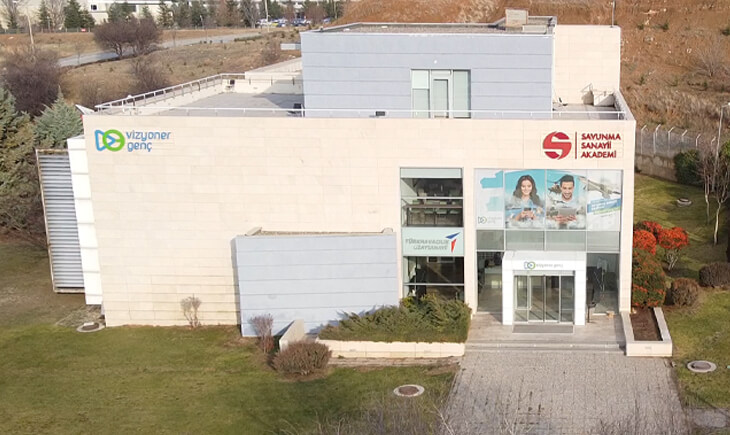
Savunma Sanayii Akademi
Üniversiteler Mahallesi ODTÜ TEKNOKENT, 06800, Çankaya/Ankara/Türkiye
+90 312 424 19 62
akademi@ssb.gov.tr